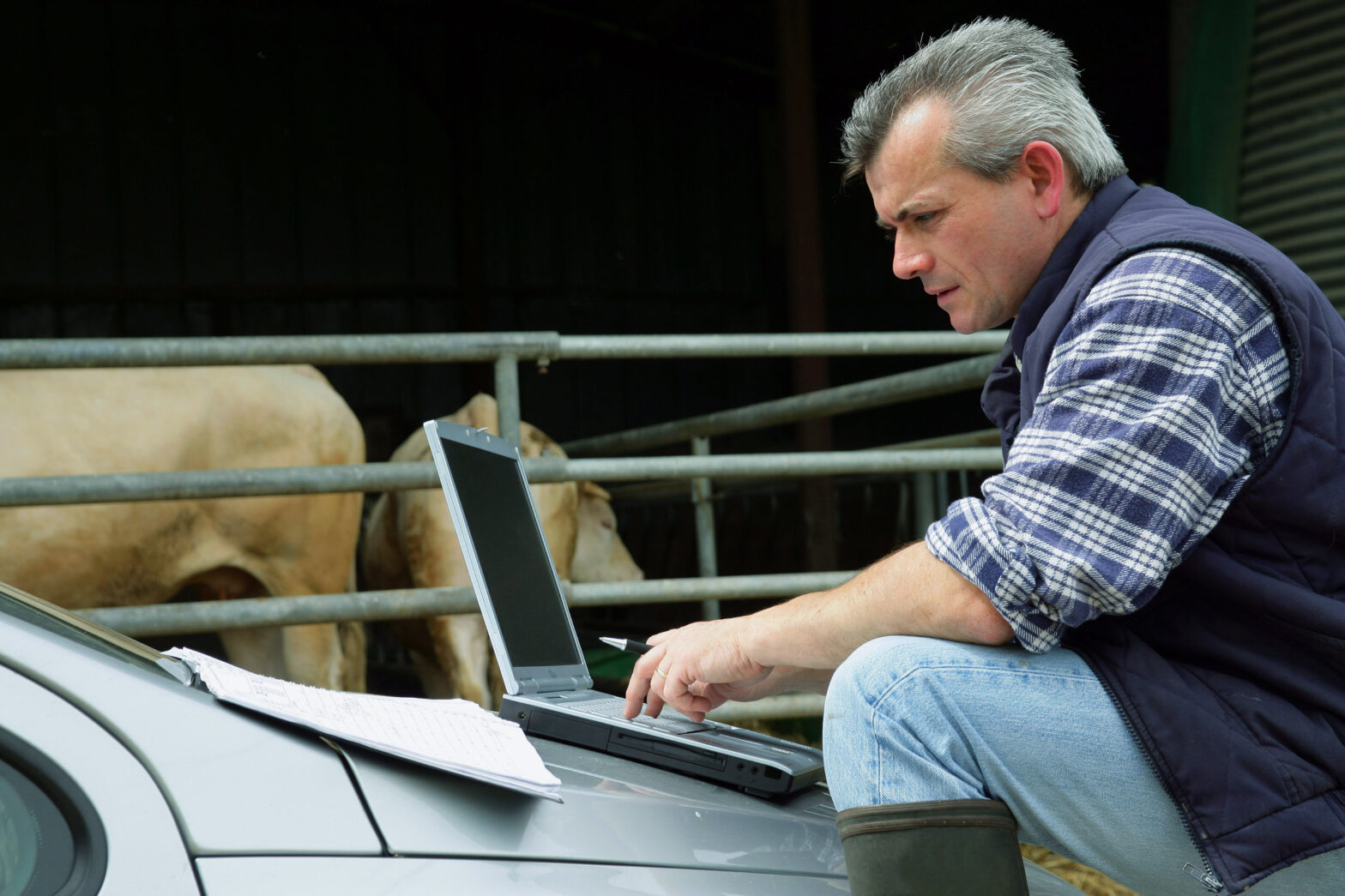Agriculture is among the least forgiving of sectors when it comes to poor decision-making. The difference between success and failure tends to hinge on making the right decisions at the right time, based on the right information.
“Big data” is all about collating, managing and interpreting that information and it’s making big changes to the way UK farmers work. Here’s how…
The need for change
Accurate risk analysis, efficient allocation of resources, smarter operational decision making: when any organisation is looking seriously at big data, it usually wants to make improvements in each of these areas. There’s very often at least one major driver for change – and UK farmers are faced with no shortage of challenges creating a need for smarter ways of operating.
Firstly, there’s the meta picture: a rising global population, increased pressures centered around shortages of land, water and energy along with the aspirations of developing countries to achieve standards of living comparable with the West. The United Nations Food and Agricultural Organisation predicts that the world’s population will reach 8 billion people by 2025 and 9.6 billion by 2050. We need to see an increase in food production by 70% by 2050 to keep pace with this.
Secondly, there are more immediate commercial pressures at play. In particular, the continued rise of the cut-price supermarkets demonstrates that the UK isn’t likely to lose its taste for super-cheap food any time soon. As was seen with Sainsbury’s recent appeal to its suppliers, the message is clear: get smart with big data to stay ahead of the game.
So what’s the ‘data’?
All businesses have a combination of internal and external data to juggle and interpret. For a farm, this can include field and yield records, weather and climate data and forecasts, price projections, feed conversion rates, cost projections on everything from fuel through to manpower as well as policy updates and alerts issued by DEFRA.
In 2015, effective management of all of this information is impossible unless farmers split their time between spreadsheets and silage. As with other sectors, farmers are already moving away from standalone accounts and stock-tracking software towards fully integrated farm management solutions. Typically, these include accounts, stock management, drainage and mapping complete with at-a-glance reports and tables. The level of data to consider may be increasing, but thanks to cloud solutions, enabling instant access to this data via mobile devices, data no longer has to be tied to a single computer. In real life, this means that time spent chained to the desk is minimised.
What do sector-specific big data solutions look like?
When it comes to information management, farm-specific packages look very similar to the types of solutions in use across multi-process organisations in any other sector. Other tools however, are far more specialist in nature. They aim to bring a far greater degree of data-driven decision making in areas where up until relatively recently, farmers tended to rely on a combination of intuition, past experience and luck.
Here are some examples…
Precision farming
This is a catch-all term for a range of new technologies that allow farmers to take real time information collected at a granular level, in addition to meta data, in order to take precisely the right action at the right time. Sensor technologies are used to take highly accurate information at ground level. This includes depletion of feed levels, animal health indicators, data from machinery and soil nutrition readings. All of this can now be synchronized and presented in a usable form to aid decision making.
Crop management solutions
The PepsiCo crop management tool is a good example of this. Launched in 2011, the tool provides farmers with access to a knowledge bank of constantly updated information about a range of crops, enabling farmers to reduce waste in terms of both carbon use and water, increase efficiency and boost harvests.
Collective data sharing
In most sectors, there is a strong proprietorial element to ‘big data’ – something that’s often less evident in agriculture. Sainsbury’s work with more than 300 dairy farmers is a useful illustration of this collective approach. Over the last seven years, farmers have gathered together a mass of data on areas such as electricity usage, machinery and fuel usage and manure storage. This data allows farmers to benchmark their own performance against others, to drive improvements and define best practice across the industry.
Working at the mercy of the elements, farmers are faced with no shortage of operational risks and challenges. Specialist agricultural insurance providers such as Bluefin Group are helping the UK’s farmers to protect themselves against these risks. At the same time, big data solutions are helping farmers to work smarter, cut waste and make the right decisions at the right time.






